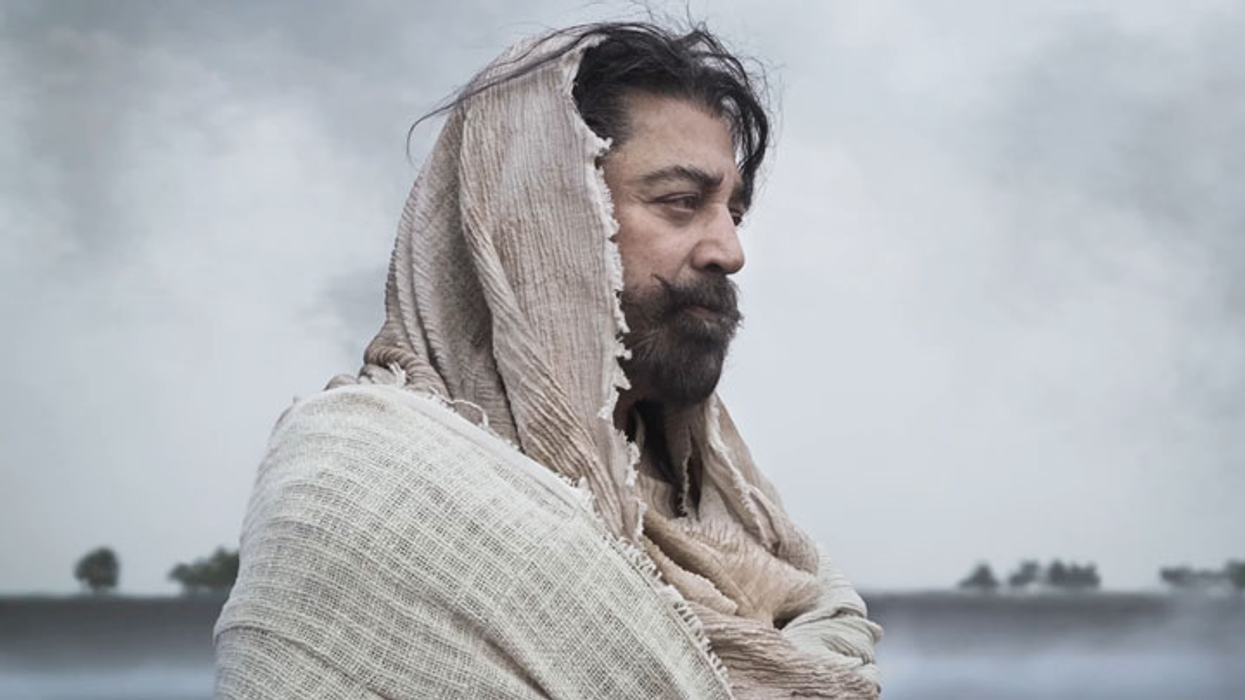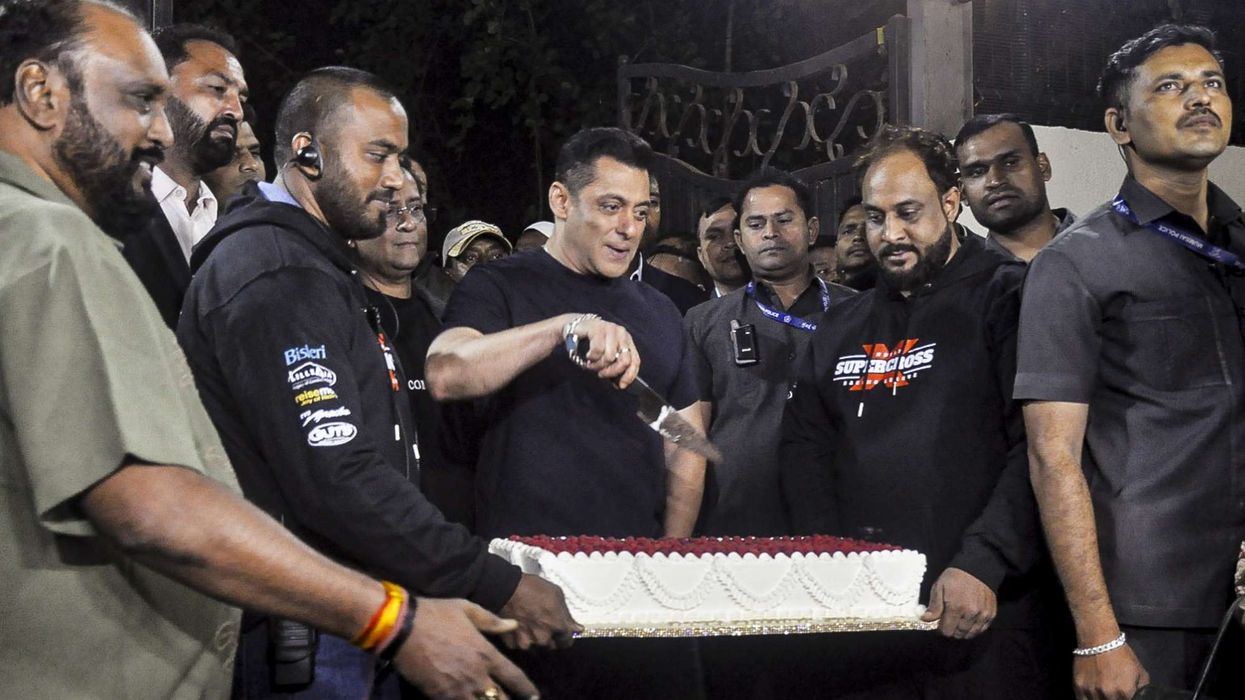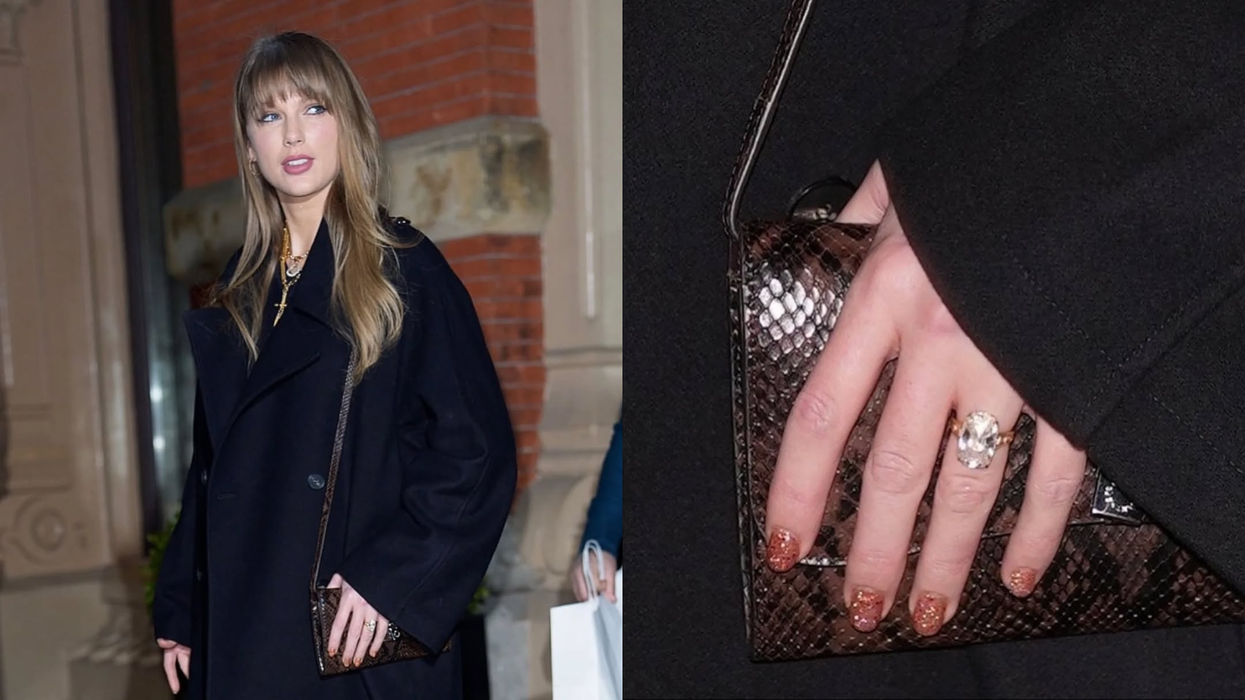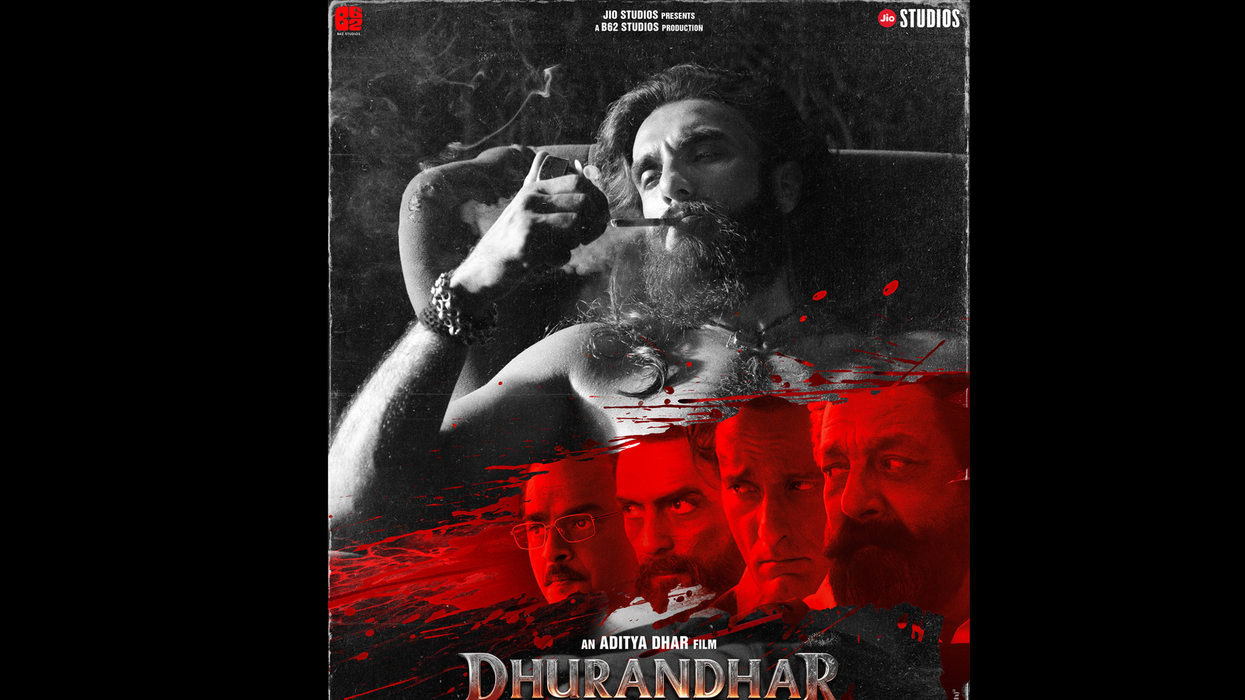AFTER a stellar year in 2024, south Indian cinema is set to capture global attention once again in 2025 with its signature mix of creative storytelling, thrilling action, and emotionally charged plots.
The Tamil, Telugu, Kannada, and Malayalam film industries are gearing up to deliver another round of exciting films, many headlined by major superstars. The year has already kicked off with the Telugu political action thriller Game Changer, starring Ram Charan. Ajith Kumar’s Tamil entertainer Vidaamuyarchi Vidaamuyarchi is also on the way. Here is a roundup of south Indian movies to watch out for in 2025:
Good Bad Ugly: Ajith Kumar is set for an exciting year, following Vidaamuyarchi with this action comedy directed by Adhik Ravichander. In the film, Ajith sports a youthful, clean-shaven look, adding to his striking presence. Can Ajith deliver back-to-back blockbusters this year?
L2: Empuraan: The anticipated sequel to the 2019 blockbuster Lucifer continues the Malayalam trilogy. Directed by Prithviraj Sukumaran, the film stars Mohanlal alongside Tovino Thomas, Ma Dong-seok, Prithviraj Sukumaran, and Manju Warrier. With a budget of `4 billion (£37.7 million), it is one of the most expensive films in Indian cinema history.
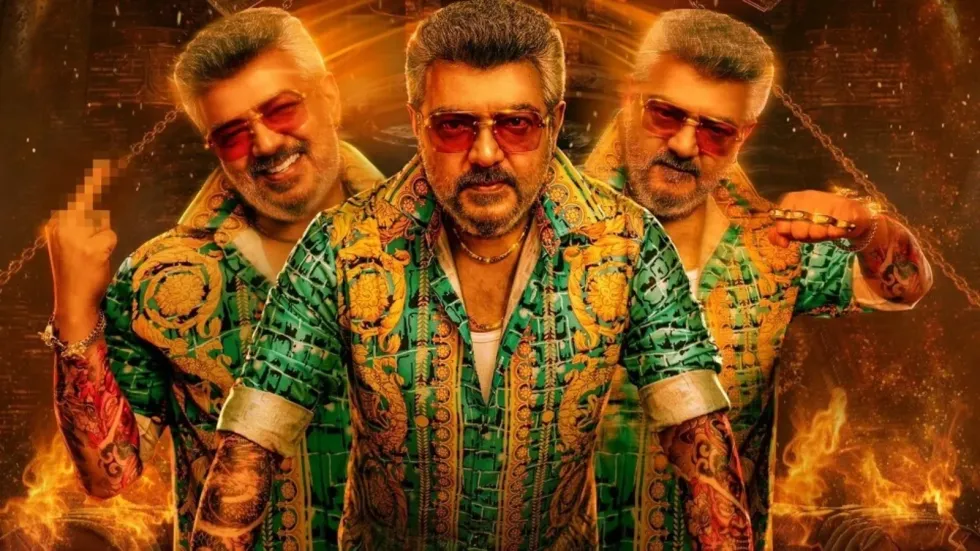
Salaar: Chapter 2: Many directors have been splitting films into two parts, often without strong justification. While films like KGF, Baahubali, and Pushpa earned their sequels, the decision to follow up the Prabhas starrer Salaar initially raised doubts. However, the makers have hinted that the conflicts in the story are complex enough to warrant a sequel. They have promised that the second part will deliver a Game of Thrones-style experience, packed with drama, politics, intrigue, and action.
Thug Life: Imagine a film featuring Kamal Haasan, Trisha, Silambarasan, Joju George, Ashok Selvan, Nasser, Aishwarya Lekshmi, and Pankaj Tripathi – only Mani Ratnam could bring together such a cast. While the plot remains under wraps, teasers have already heightened curiosity, making this one of the year’s most anticipated releases.
Thalapathy 69: Superstar Thalapathy Vijay bids farewell to acting with this untitled film, directed by H Vinoth. Scheduled for a Diwali release, it is expected to be a solid commercial entertainer and a fitting conclusion to Vijay’s illustrious acting career as he shifts his focus to politics.
Coolie: Rajinikanth joins forces with director Lokesh Kanagaraj for the first time in this dark crime action thriller. The film features an impressive ensemble cast, including Nagarjuna Akkineni, Sathyaraj, Upendra, Soubin Shahir, and Shruti Haasan. Adding to the excitement, Aamir Khan makes a special appearance, further strengthening the star-studded line-up.
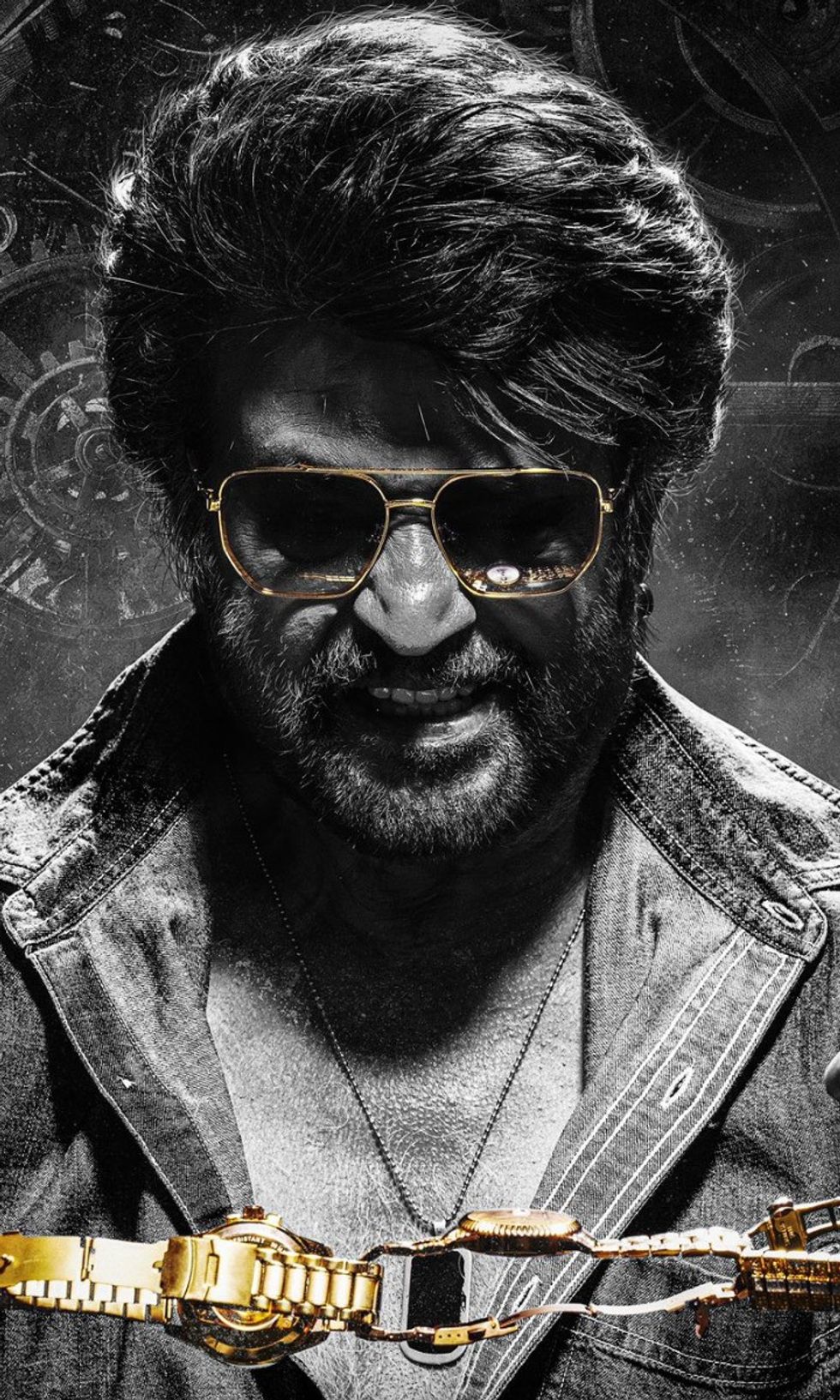
Suriya 44: This untitled project marks the first collaboration between Suriya and director Karthik Subbaraj. The film will feature a special appearance by Shriya, who is set to perform a dance number. A major highlight of the film is a much-anticipated 15-minute single-shot sequence. Fans are eagerly wondering whether this could finally deliver Suriya the major box office success he has been waiting for.
Kantara: Chapter 1: The highly anticipated prequel to Kantara is set to release in theatres on October 2, 2025. Starring Rishab Shetty, this film explores events preceding the original, which was released in 2022 and became a massive hit, earning over `4bn (£37.7m) globally on a modest `160m (£1.5m) budget. The first film brought Rishab Shetty widespread acclaim, including awards for best actor and best popular film at the 70th National Film Awards.
